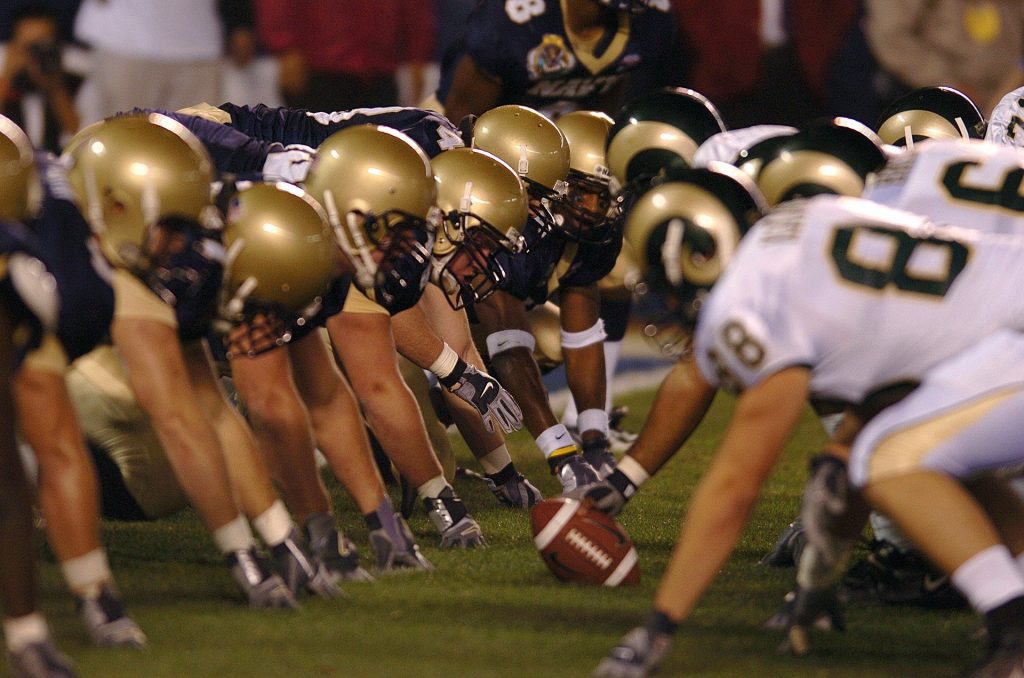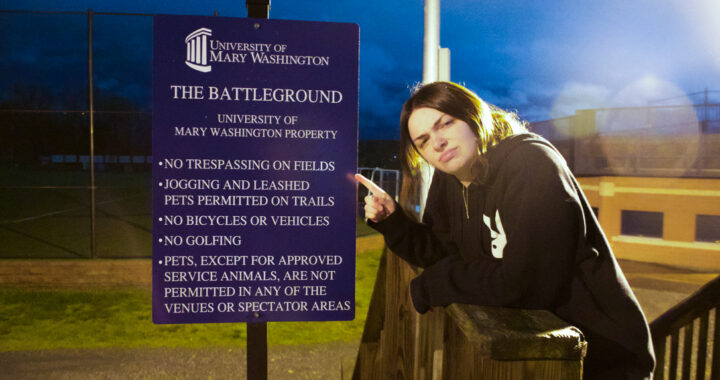NFL alters rules to prevent head injuries
3 min read
WikiImages | Pixabay
By ABIGAIL HUNT
Staff Writer
Last week from Mar. 25 to Mar. 28 the owners of the National Football League held their annual 4-day meeting in Orlando, Florida. While everything proposed during the meeting did not pass there where numerous rule changes for upcoming the 2018 season.
Hot topics of conversation at the meeting included the new helmet-to-helmet rule. The helmet-to-helmet rule has stemmed from an ongoing concussion crisis that has been rooted in the NFL since the league first started in August of 1920.
The concussion problem within professional football was not brought to the attention of the public until 1994, when former NFL commissioner Paul Tagliabue established the Mild Traumatic Brain Injury committee after discussing certain risks posed to players while on the field. Moreover, the approval of this committee seemed to have just been a stunt of some sort, as Tagliabue dismissed the issue on concussions for the next several years saying they are very infrequent and even calling them “a pack journalism issue.”
For the first time ever in 1997 the American Academy of Neurology released a statement directed at the league stating that repeat concussions cause permanent long-term brain damage and symptoms must be monitored fifteen minutes post injury before returning to the field. Over the next twelve years the MTBI committee published over 20 articles in scientific journals, as well as made several statements dismissing and criticizing outside research on the ramifications of concussions and repeat concussions in the NFL.
The most common head injury found among the players is CTE, or Chronic Traumatic Encephalopathy, that exhibits symptoms of dementia, mood changes, chronic headaches, and slower recovery of neurological function. It was not until 2009 that the league officially recognized the problem and started to make stricter guidelines. From this point on, millions of dollars have been spent to study brain injuries of players in the league although very few rules had been added or modified, until now. Many followers believe that head injuries are inevitable in this occupation and the nature of the game of football. This is one of the many why the new ruling is so controversial. The rule states,
“Initiating Contact with the Crown of the Helmet: It is a foul if a runner or tackler initiates forcible contact by delivering a blow with the top/crown of his helmet against an opponent when both players are clearly outside the tackle box (an area extending from tackle to tackle and from three yards beyond the line of scrimmage to the offensive team’s end line),” said the NFL official rulebook. “Incidental contact by the helmet of a runner or tackler against an opponent shall not be a foul. Penalty: Loss of 15 yards. If the foul is by the defense, it is also an automatic first down. The player may be disqualified if the action is flagrant.”
Atlanta Falcons President and CEO Rich McKay explained the reasoning behind the new rule in a news conference stating “This is not situation protection, we have been getting to a technique that is just too dangerous for both the player doing it and the player getting hit, both. In the last three years we have really gotten better data and better information on injuries, better engineering work to understand how collisions work, as well as better video. We watched a lot of tape and met with a lot of doctors and professionals and what became clear is that we needed a change.”
While the concept may seem like a smart move in theory, many players in the league out against the change. Richard Sherman, cornerback for the San Francisco 49ers, spoke out to USA Today saying ”Like telling the driver if you touch the lane lines, you’re going to get a ticket, it’s going to lead to more lower extremity injuries.”
The new rule could bring changes to how the game of football is played as well as many controversial calls during games. We will see how it plays out in the upcoming 2018 season.











